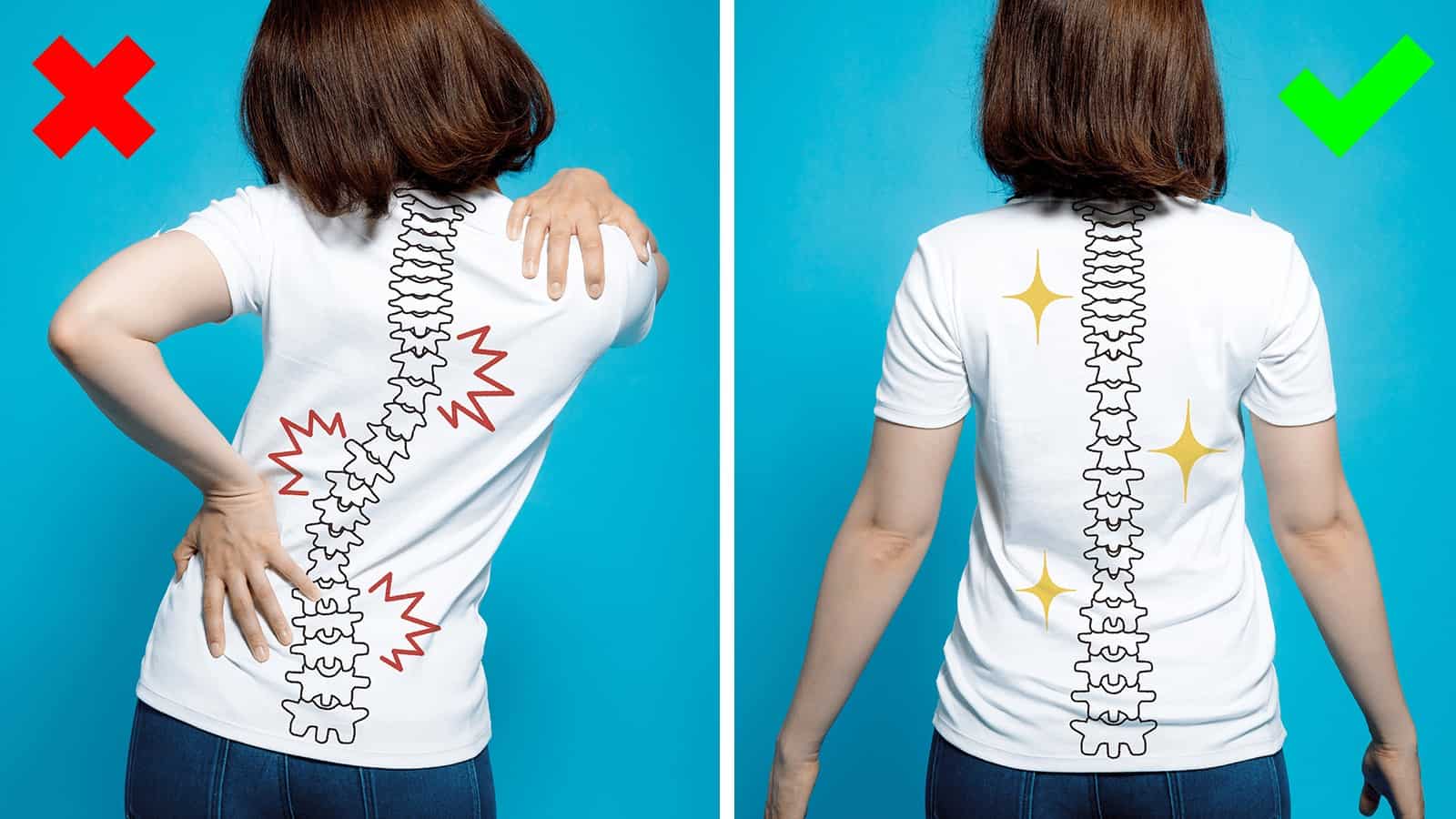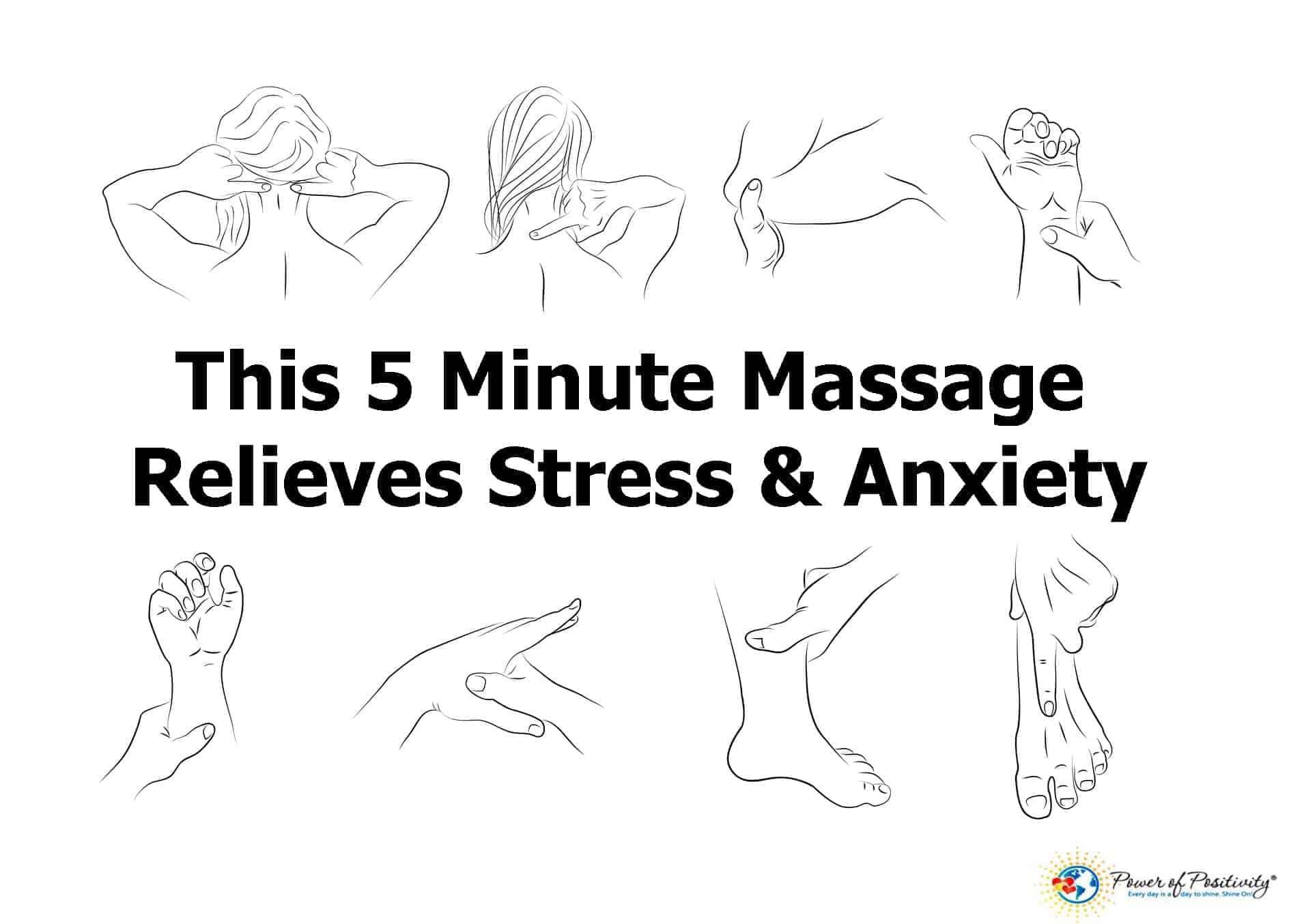Lower Back: The Arch You Lean on
Lower back pain is an unfortunate reality for most people at some point in their lives. The lower back, also known as lumbar spine, is the arched column that supports the torso and upper body. It endures the greatest amount of stress from motion, rotation, bending, twisting and all the weight-lifting you do in a day. Lower back pain is the most frequently reported disability that causes absence from work, according to the National Institute of Neurological Disorders and Stroke.
The lumbar spine has a complex network of muscles and ligaments that support it. The process of aging, as well as wear and tear from daily activities frequently causes muscle strain which triggers pain. Sedentary occupationswhich involve sitting all day can be equally damaging to the spine. Spinal discs perform the role of shock absorbers in the spine. They can rupture from excessive pressure or improper use causing them to bulge, commonly known as herniated discs.
7 Ways to Help Your Lower Back Pain Naturally
1) Improve your posture: Poor posture negatively impacts the arch of your backbone. Slouching, while seated or standing, is one of the most easily corrected, yet often the most neglected, posture problem. By reminding yourself not to slouch until it leads to consistently good posture, you will do your spine a favor.
2) Gentle exercises: Yoga is great for stretching and toning those tense muscles and ligaments, or get into the ritual of exercises recommended by physical therapists and medical experts to accomplish the same goals. Staying active and incorporating a form of light aerobic exercise, as much as the level of pain will allow, releases endorphins, a chemical produced in the brain which is the body’s own natural pain and stress fighter.
3) Heat/Cold Therapy: When pain is acute, use heating pads or ice packs to reduce inflammation where it hurts and provides lower back pain relief.
4) Massage: Many therapeutic massage therapists offer targeted therapy for lower back pain relief and they can be quite effective when combined with other treatments. Massage helps in two ways: it eases the taut, painful muscles and calms the mind, thereby alleviating anxiety. Pain causes anxiety, and anxiety can worsen pain, as many studieshave increasingly suggested.
5) Maintain a healthy weight: With all the weight bearing the lumbar spine has to do, it helps enormously to eat healthy and stay trim to the extent possible.
6) Regular sleep: Never underestimate the value of a good night’s sleep. Rest and good sleep promote healing, but it can be challenging to find a painless sleep position when you have lower back pain. Using a support pillow under your knees if you’re a back sleeper, or placing one between your knees if you sleep on your side can help decrease pain. Over-the-counter painkillers, if your doctor permits, reduce pain when it is severe and enable you to sleep.
7) Soak in the bathtub: Relaxing and invigorating, a good soak in warm water will loosen the muscles. Add a few drops of your favorite essential oil to the water and the scent will relax your mind and body through aromatherapy.
Sometimes, medical or surgical intervention becomes necessary for lower back pain treatment. A good chiropractor performs spinal manipulations that help restore the normal alignment of the vertebral column. Severe pain going down the legs, and/or numbness and tingling in the feet could be an indication of a pinched sciatic nerve that a spine physician or a neurosurgeon can diagnose and treat.
True of almost everything, how you nurture and care for your spinal health throughout your life will determine the state of it when you are older. The healthier and fitter you are in your overall health, exercise regularly, listen to your body, practice relaxation in some form, the more successful your lower back pain treatment will be. Chronic lower back pain can often be prevented, or at least reduced, and can be managed at home using techniques that are quite simple once you get into the habit of paying attention to the very first symptoms of lower back pain.
https://www.youtube.com/watch?v=cHeI3Y_CfMo














 Community
Community

